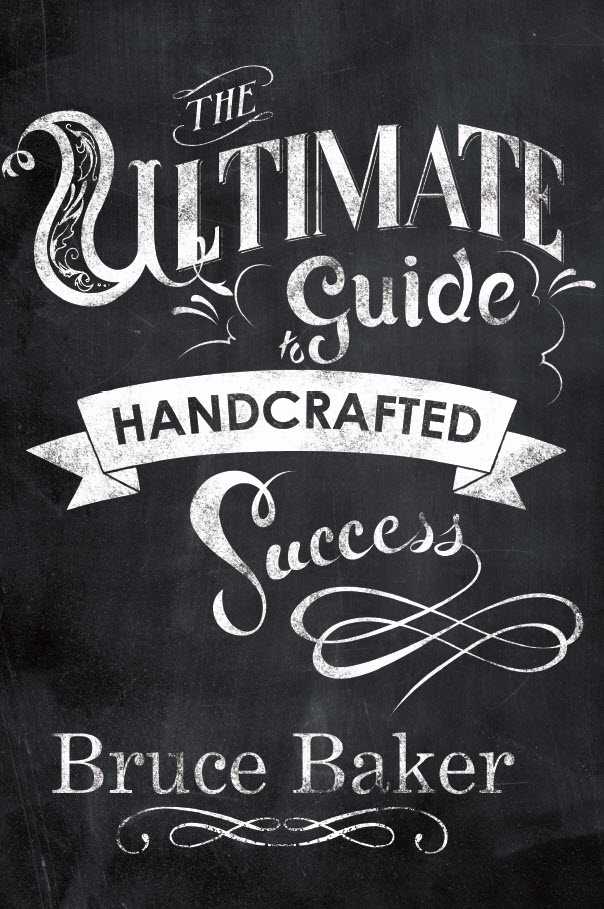By Laura Fitch
Stickeryou.com
Audiences – and potential customers – are awash in online content today, and it’s easy for them to become indifferent to what they’re seeing. If you want to make your brand stand out among the sea of content out there, you need to create content that hits them emotionally and that makes them really connect with your brand. To do that, there’s no better tool than storytelling.
Emotional connection with a brand is important. Not only does it foster a sense of trust, it also leads to loyalty and return business. Storytelling is a powerful way to emotionally connect with others, and cultures the world over have used storytelling as a way to strengthen ties and share important information. Storytelling is an art, and by studying the commonalities in stories, you can leverage this powerful tool to help your brand.
To tell great stories about your brand, you need to keep a few key ideas in mind: you must know who your target audience is, you have to be authentic, you should focus on a clear main character, your story needs to elicit emotion, and, of course, that classic rule: keep it simple
Know your target audience
Who are they? How old are they? Where do they live? How do they speak? All these kinds of questions will determine the tone in which you tell your stories, as well as the medium in which you tell them. Blog post? Video? Instagram post? These are just a few of the methods you might use to tell your story, and the kind of language and aesthetics you employ will vary a lot based on who you’re talking to.
Make it authentic
Whatever stories you’re telling, make sure they are 100% true and make sure you’re telling them from an authentic perspective that reflects the philosophy and feel of your brand. Audiences – especially those that spend a lot of time online – can sniff out a lack of authenticity in no time, and they will not give you any time if they think what you’re serving them feels fake. Being open, honest and transparent will help them to connect with the story and trust your company. At StickerYou, our brand story starts with the founder on a trip to LA where he was impressed by the ubiquitous sticker art culture he saw there. When he later researched custom stickers, he found that they were prohibitively expensive, and decided to change that.
Have a clear main character
As you start brainstorming the stories of your brand, think about who the main character of each story will be – what they want, and what problem they set out to solve. It might be the founders of your company working through the solution to a problem, it might be the company itself trying to help a customer solve a problem or do something nice – think of, for example, the Canadian airline Westjet, who surprised customers at their destination with the Christmas gifts they most wanted for themselves and filmed their emotional reactions. The character might also be a real-life person who uses your product and achieved something amazing or helped others with the aid of your product.
Or, the character might be someone accomplishing something or telling a true story that doesn’t directly involve using your product, but that does align with your product’s ideas and values. One great example of this is Knix, a clothing line mostly known for functional intimate wear. They have a large section of their blog devoted to women telling their fertility stories: stories of miscarriages, fertility treatments, choices to have children or not have children. Knix doesn’t sell any fertility-related products, but they have focused their brand’s messaging on body acceptance and featuring women who aren’t models in their underwear ads, so opening up frank conversations about some of the most intimate subjects in women’s lives is very on-brand. And these stories have received a huge positive response from their audience.
Whoever your character is, you should make us want to care about them, identify with them and understand what it is that they want.
Focus on tension and emotion
Stories are all about eliciting emotion and empathy from your audience and connecting with them in a real, authentic way that is true to you, and to your brand. And the starting point for emotion is tension. There has to be a problem that your main character is looking to overcome. We already mentioned this above: what does your character want? Maybe it’s a problem that your product solves. Maybe it’s an issue that your company dealt with as they grew and expanded. That sense of tension answers a fundamental question for your audience: what are the stakes and why should I care?
The other key to imbuing a story with emotion is simply to tell it with empathy. Think about putting yourself in the protagonist’s shoes as you’re crafting the story, and you’ll help the audience also feel that empathy and connection with them. That, in turn, will help the audience to feel a sense of connection with your brand.
Keep it simple
You don’t need to get complicated to tell a great story. Focus in on one person and one small story rather than trying to fit too much in. This tight focus will help keep the narrative clear and relatable for your audience. Remember, you can always tell more great stories later!







